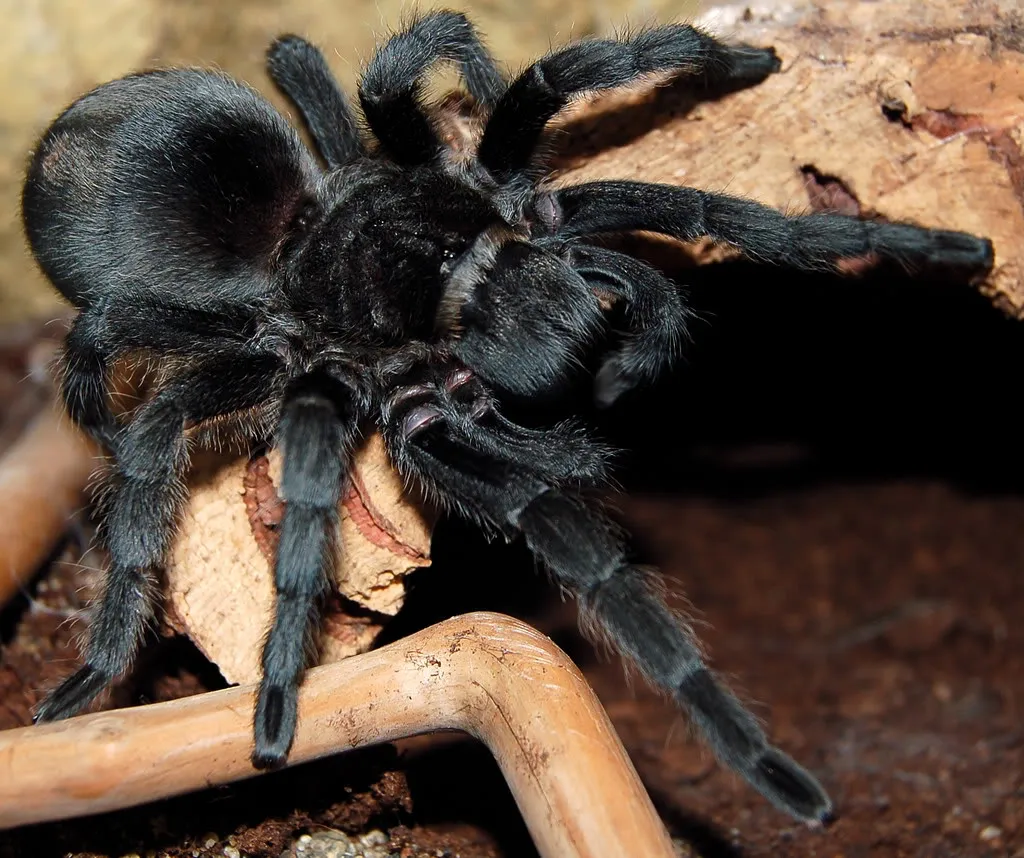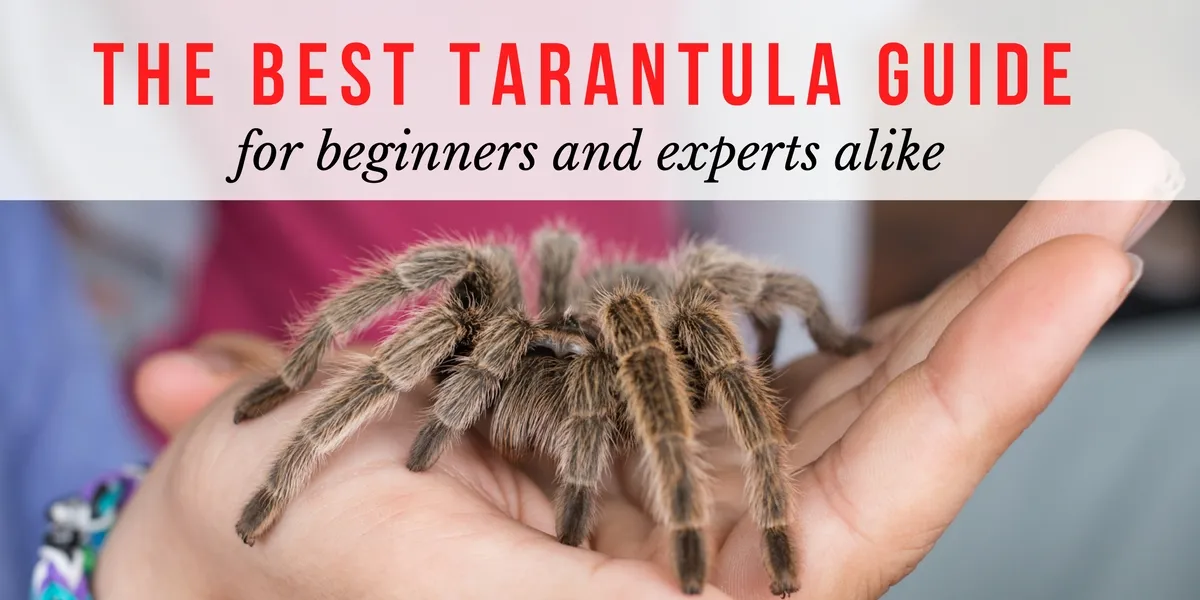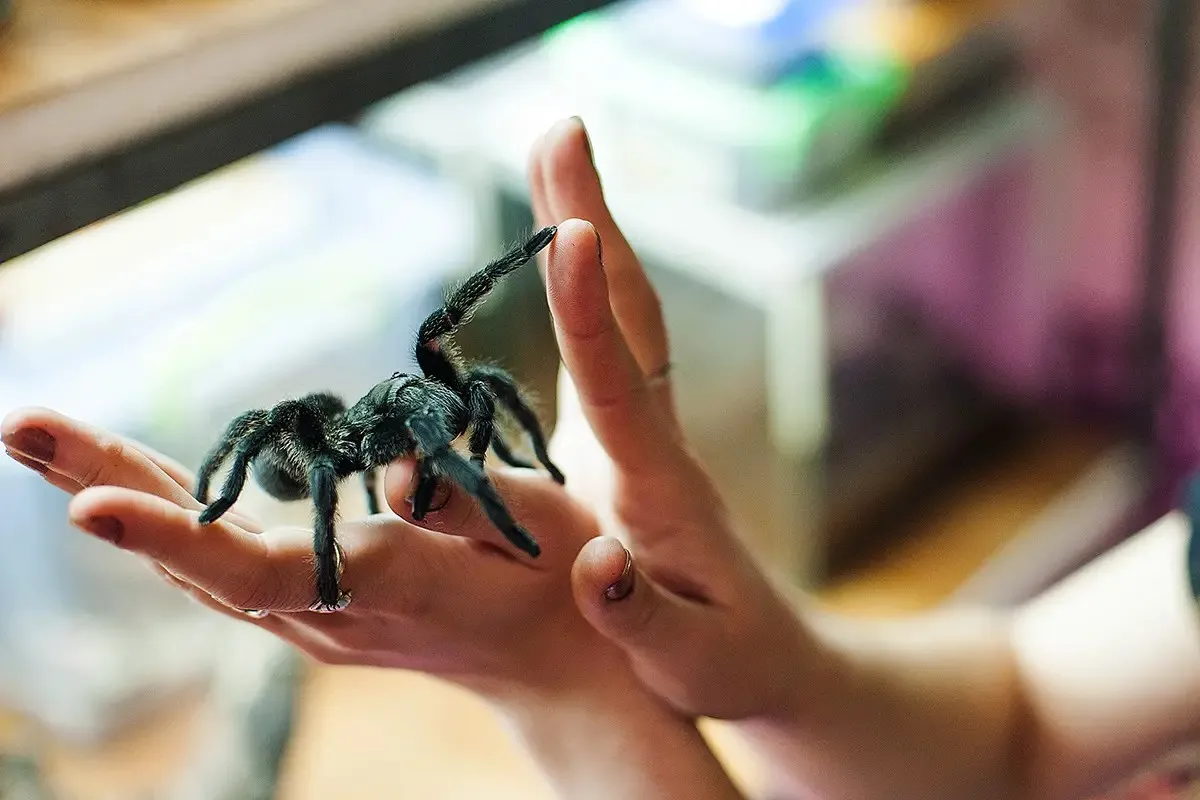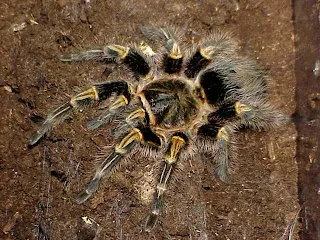Embarking on the journey of tarantula ownership can be an exciting adventure for any beginner. These fascinating creatures, with their diverse colors and intriguing behaviors, make for captivating pets. However, responsible tarantula care requires a solid understanding of their needs. This guide provides essential tips to ensure a healthy and happy life for your new eight-legged friend. From choosing the right species to understanding their dietary needs and recognizing signs of illness, this article is designed to provide you with all the key information.
Choosing Your First Tarantula
Selecting the right tarantula species is the crucial first step. Not all tarantulas are created equal in terms of temperament, care requirements, and suitability for beginners. Researching various species will allow you to make an informed decision, matching your lifestyle and experience level with the needs of the spider. Consider factors like size, temperament, venom potency, and origin when making your choice. Remember, the more you know about a species, the better equipped you’ll be to provide the appropriate care.
Researching Tarantula Species
Before bringing a tarantula home, delve into detailed research on the species you are considering. Look into their natural habitat to understand their environmental needs. Learn about their feeding habits, including preferred prey items and feeding frequency. Investigate their temperament to gauge how tolerant they are of handling. Consult reputable sources such as experienced keepers, online forums, and care sheets, to gather comprehensive knowledge. This research will establish the foundation for providing optimal care and ensuring the tarantula’s well-being.
Popular Tarantula Species for Beginners

Several tarantula species are particularly well-suited for beginners due to their docile temperaments and relatively easy care requirements. The Chilean Rose Hair tarantula (Grammostola rosea) is a popular choice due to its gentle nature and forgiving nature. The Mexican Red Knee tarantula (Brachypelma hamorii) is another excellent option; however, handling should be limited. Other suitable choices include the Pinktoe tarantula (Avicularia avicularia) and the Curly Hair tarantula (Tliltocatl albopilosus). Always check the specific needs of a species before purchase.
Setting Up the Perfect Tarantula Habitat
A well-designed habitat is critical for the health and happiness of your tarantula. The enclosure should mimic its natural environment, providing adequate space, appropriate substrate, and environmental controls. Attention to detail in habitat setup will minimize stress on your tarantula and provide the optimal conditions for it to thrive. Proper habitat setup will also make it easier for you to observe your spider.
Choosing the Right Enclosure
The enclosure should be appropriately sized for the tarantula’s adult size, allowing adequate space for movement and burrowing or climbing depending on the species. The enclosure should be escape-proof, with a secure lid and ventilation to maintain air quality. Glass or clear plastic enclosures are ideal for easy viewing. Ensure the enclosure is well-ventilated to prevent the buildup of excessive humidity and condensation, which can lead to health problems.
Substrate and Decor

The substrate should be several inches deep, allowing for burrowing species to create their habitats. Coconut fiber, peat moss, and a mixture of soil and vermiculite are all excellent options. Decorate the enclosure with hides, such as cork bark or artificial plants, to provide shelter and security for your tarantula. The decor should also reflect the natural environment of the species. Maintain a clean enclosure by regularly removing any uneaten food and feces to prevent the growth of mold or bacteria.
Maintaining Temperature and Humidity
Most tarantulas thrive at temperatures between 75-85°F (24-29°C). Use a heat mat or ceramic heat emitter to provide supplemental heat if needed, but avoid placing the heat source directly under the enclosure. Humidity levels vary depending on the species, but most require a range of 60-80%. Use a hygrometer to monitor humidity levels. Mist the enclosure regularly, if necessary, to maintain the correct level of humidity. Ensure proper ventilation to avoid mold growth. A water dish should always be provided for drinking and maintaining humidity.
Feeding Your Tarantula
Proper nutrition is essential for your tarantula’s health and growth. Providing a balanced diet consisting of appropriate prey items, and feeding your tarantula the correct amounts will help in maintaining their health and well-being. Consider that the feeding habits of a tarantula vary depending on their age and size, so make sure you are providing the right food size and portion size. A well-fed tarantula is a healthy tarantula.
What to Feed Your Tarantula

Tarantulas are primarily insectivores. Crickets, mealworms, and roaches are common prey items and readily available from pet stores. The size of the prey should be appropriate for the size of the tarantula. Avoid feeding wild-caught insects, as they may carry parasites or pesticides that can harm your tarantula. Always ensure that the prey is properly gut-loaded, which means feeding the insects nutritious food before offering them to your tarantula. This ensures your tarantula gets the essential nutrients.
Feeding Frequency and Portion Sizes
The frequency of feeding depends on the tarantula’s age, size, and metabolism. Spiderlings should be fed more frequently, typically every other day, while adults can be fed once or twice a week. Remove any uneaten prey within 24 hours to prevent stress for your tarantula. Observe your tarantula’s abdomen to gauge whether it is adequately fed. A plump abdomen indicates a well-fed tarantula, while a thin abdomen suggests it needs more food.
Handling Your Tarantula
Handling your tarantula should be approached with caution. Tarantulas are not naturally inclined to be handled, and excessive handling can cause stress and potential injury to both the spider and the handler. Some species are more docile than others. It is essential to be aware of your tarantula’s temperament and respect its space. When handling is necessary, do so with care and understanding.
When to Avoid Handling

Avoid handling your tarantula during the molting process, as they are extremely vulnerable during this period. Refrain from handling immediately after feeding, as they may be more defensive. Avoid handling if your tarantula displays defensive postures, such as raising its front legs or flicking hairs. Always assess the situation before attempting to handle your tarantula, and prioritize its safety and well-being.
Safe Handling Practices
If you must handle your tarantula, do so over a soft surface, such as a bed or a carpet, to minimize the risk of injury if it falls. Gently coax the tarantula onto your hand, avoiding sudden movements. Never squeeze or restrain the tarantula. Observe the spider closely for any signs of stress or agitation and be prepared to put it back in its enclosure immediately. Wash your hands thoroughly before and after handling to remove any potential contaminants.
Recognizing and Addressing Health Issues
Like any pet, tarantulas can experience health issues. Being observant of their behavior and recognizing the signs of potential problems is critical to their well-being. Early detection and appropriate intervention can make a significant difference in the health and longevity of your tarantula. Familiarize yourself with common ailments and preventative care strategies.
Common Tarantula Ailments

Some common health issues include parasites, mites, and fungal infections. Look for signs such as lethargy, loss of appetite, and unusual posture. Mites can often be detected by small, moving spots on the tarantula’s body. Investigate unusual behavior, such as excessive burrowing or failure to eat. Consult with a veterinarian specializing in exotic animals or experienced tarantula keepers if you suspect a health problem. Prompt attention to potential issues is critical.
Preventative Care and Maintenance
Regularly clean and maintain the enclosure to prevent the growth of bacteria and parasites. Ensure the appropriate temperature and humidity levels are maintained to prevent health issues. Provide a varied and balanced diet to support overall health. Quarantine new tarantulas for a period of time to prevent the spread of disease. Regularly check the tarantula for signs of injury or illness. A proactive approach to tarantula care will minimize the risk of health problems.
In conclusion, caring for a tarantula can be a rewarding experience for any beginner. By following these top 5 tips and continuously educating yourself, you can provide a healthy and fulfilling life for your eight-legged companion. Remember, patience, observation, and a commitment to learning are key to successful tarantula ownership. Enjoy the journey of discovering these amazing creatures!
